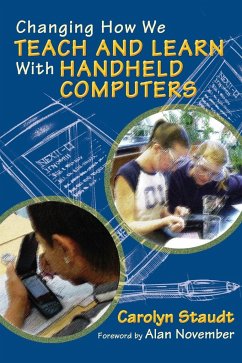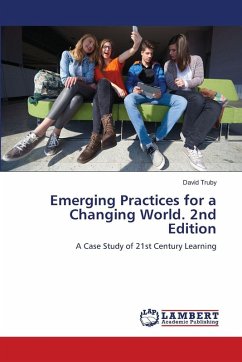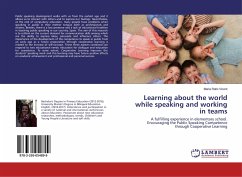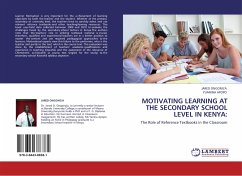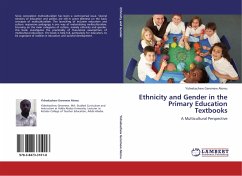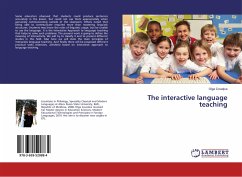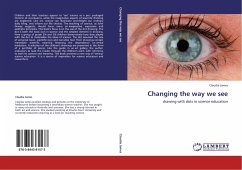
Changing the way we see
drawing with dots in science education
Versandkostenfrei!
Versandfertig in 6-10 Tagen
52,99 €
inkl. MwSt.

PAYBACK Punkte
26 °P sammeln!
Children and their teachers appear to "see" science as a pre- packaged rhetoric of conclusions, while the imaginative aspects of scientific thinking are neglected. Like art, science can illuminate and delight our ordinary daily living, and inform our life choices. The teaching of science, as John Dewey suggests, should focus more on imaginative, expressive and aesthetic principles. This book's focus is on the use of the dot drawing. The dot is both the basic icon in science and the simplest element in drawing. Here a group of grade 3/4 and 5/6 children demonstrate how they played with the dot ...
Children and their teachers appear to "see" science as a pre- packaged rhetoric of conclusions, while the imaginative aspects of scientific thinking are neglected. Like art, science can illuminate and delight our ordinary daily living, and inform our life choices. The teaching of science, as John Dewey suggests, should focus more on imaginative, expressive and aesthetic principles. This book's focus is on the use of the dot drawing. The dot is both the basic icon in science and the simplest element in drawing. Here a group of grade 3/4 and 5/6 children demonstrate how they played with the dot to materialize the ideas of science. The dot assumed the role of universal noun, scientific icon and narrative tool. Their drawings contain immediate scientific meaning lessening the dependence on verbal mediation. A selection of the children's drawings are presented in the form of a portfolio of pieces. Like the guide in an art gallery, the author endeavors to lead the reader through the children's work with reference to both its context and meaning. This book presents a new way of "seeing" science education. It is a source of inspiration for science educators and researchers.





